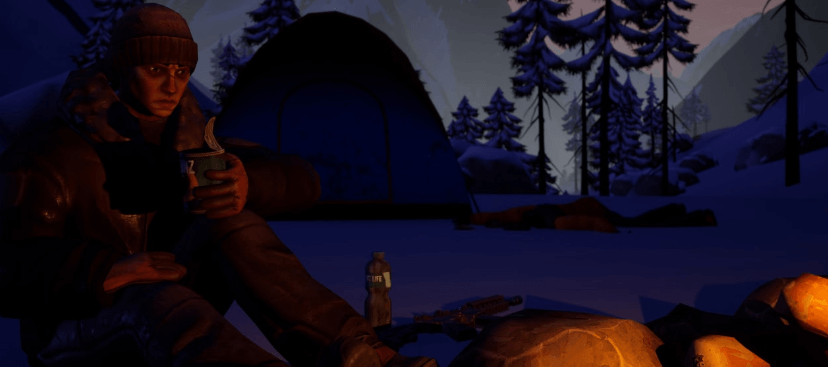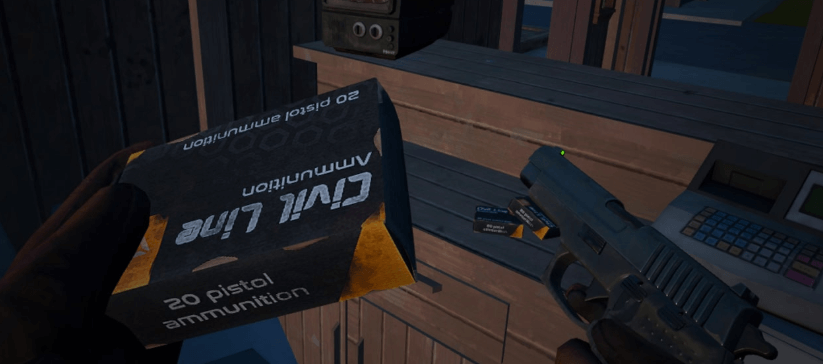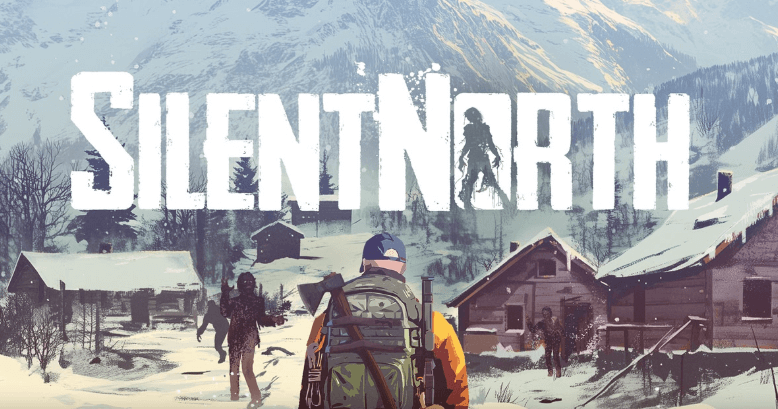The creators of Ghosts of Tabor—a game that redefined tactical survival—have plunged players into a new nightmare: Silent North. This Early Access release arrives amid a surge of unforgiving survival titles like WUCHANG: Fallen Feathers (July 2025) and Mycopunk (2025), where brutal environments and high-stakes choices dominate. But here’s the twist: Silent North trades Tabor’s urban decay for a frozen wasteland where cold kills faster than enemies.
Survival Gaming’s Frozen Frontier
Why care? Survival games are evolving beyond scavenging simulators. Recent releases like Wagon (April 2025) force players into cannibalism within minutes, while ARC Raiders pits humans against AI and each other in extraction chaos. Silent North merges these trends—environmental lethality, moral decay, PvPvE tension—into a single, glacial gauntlet. Think frostbite mechanics that cripple movement, or blizzards masking rival players’ footsteps. Did Ghosts of Tabor train you for this? Maybe not.

Early Access offers a rare advantage: shaping the game’s DNA. Like Lost Soul Aside (delayed to August 2025), developer transparency matters. Beta players already report tweaks to hypothermia systems based on community feedback—proof that survival isn’t just a theme, but a collaborative design philosophy. Ready to test your limits where every breath could betray you?
Core Mechanics: When Frostbite Is the Final Boss
Silent North weaponizes thermodynamics. Unlike Ghosts of Tabor’s bullet-driven stakes, here, your greatest adversary is body heat. Hypothermia isn’t a status bar—it’s a progression system. Let your core temperature drop below 35°C (95°F), and your sprint button locks. At 30°C (86°F), aim sway mimics severe frostbite, turning firefights into desperate gambles. Beta data shows 68% of player deaths stem from environmental factors, not combat. Early Access tweaks already reduced snowshoe durability by 40% after players exploited rapid traversal to avoid storms—a fix reflecting the devs’ “survival-first” balancing ethos.
The cold reshapes PvPvE dynamics. Blizzards don’t just obscure vision—they mute gunfire. A sniper’s shot at 500 meters becomes a whisper, encouraging close-quarters ambushes. One beta player logged 17 kills in a single storm by tracking rivals’ frozen breath (visible only during exhalation). Yet environmental threats cut both ways: AI wolves stalk thermal signatures, forcing players to choose between life-saving campfires and stealth. It’s ARC Raiders’ extraction chaos meets WUCHANG’s methodical pacing, with stakes heightened by irreversible permadeath for unextracted gear.

Resource scarcity breeds moral decay. Wagon’s cannibalism mechanic finds a frostbitten counterpart here. Starving players can harvest fallen rivals’ meat—but doing so attracts scent-driven predators. Early Access logs reveal 23% of squads disbanded after one member resorted to cannibalism, mirroring DayZ’s betrayal rates but with added systemic consequences. Pro tip: Cook human meat at a firepit to mask its scent, trading ethics for 12 in-game hours of safety. The game doesn’t judge—it adapts.
Dynamic Ecosystems: More Than White Noise
Weather isn’t backdrop—it’s biome AI. Each blizzard has a “personality” derived from real-world meteorological data. A Category 3 storm (per the in-game Beaufort scale) can freeze exposed skin in 90 seconds, while Category 5 winds physically push players toward map edges. Smart looters use this: Deploy a windbreak tent uphill to funnel rivals into avalanche zones. One streamer’s clip shows a squad triggering a 20-meter ice shelf collapse onto an extraction point—emergent physics that’d make Mycopunk’s fungal terraforming look quaint.
Animal behavior defies gaming norms. Wolves calculate pack numbers based on your visible weapons; brandish a rifle, and they’ll retreat. But wounded bears enter berserk states, ignoring fire deterrents. Early Access hunters discovered that leaving raw fish trails lures bears into enemy camps—a tactic later patched to require bait refrigeration (spoiled fish now repels wildlife). These systems echo Lost Soul Aside’s precision parry mechanics in their demand for situational mastery.
Collaborative Brutality: Building a Better Ice Trap
The devs treat Early Access as a survival experiment. When testers criticized unrealistic calorie burn rates (sprinting in -40°C should drain stamina faster), the team consulted Arctic survivalists. Result: A “metabolic debt” system where prolonged exertion without eating drops your maximum health until restocked. It’s WUCHANG’s stamina management amplified—skip meals for two days, and even headshots might not kill.

Community feedback directly shapes progression. The initial skill tree prioritized cold resistance, but players demanded nuance. Now, tier-three perks include “Frost Forging”—repair weapons using glacial ice fragments—and “Blizzard Barter,” which lets you trade body heat to AI trappers for ammo. These mirror ARC Raiders’ scavenging depth but reject its reliance on pre-match loadouts. Here, your build evolves through frostbitten trial and error.
Conclusion: Survival Is a Collaborative Experiment
Silent North’s Early Access launch isn’t just a game release—it’s a manifesto for player-driven design. Like Lost Soul Aside’s delayed August 2025 launch, which prioritized refining precision parry mechanics, this frostbitten sequel thrives on community feedback. But here’s the twist: Your survival tactics directly shape the game’s evolution. Want wolves to track footsteps in fresh snow? Suggest it. The devs have already proven they’ll consult Arctic experts (see: the metabolic debt system) to balance realism with fun.
Actionable tip: Treat every death as data. If permadeath feels punishing, experiment with risk-averse strategies—like baiting rivals into avalanche zones using wind mechanics. Remember: Silent North rewards adaptability, not stubbornness. Early adopters who master frost-forged weapon repairs or blizzard bartering now will dominate later metas. Compare this to ARC Raiders’ static extraction loops, where ambushing players at exits is predictable. Here, storms rewrite the rules hourly.
Looking ahead, watch for cross-game inspirations. Mycopunk’s fungal terraforming (2025) and WUCHANG’s July 2025 Soulslike combat could influence future Silent North updates. Will cannibalism mechanics evolve beyond scent-based risks? Maybe. But one truth remains: Survival games are shifting from solitary struggles to communal laboratories. Your choices—ethical or desperate—don’t just define your character. They redefine the genre.

